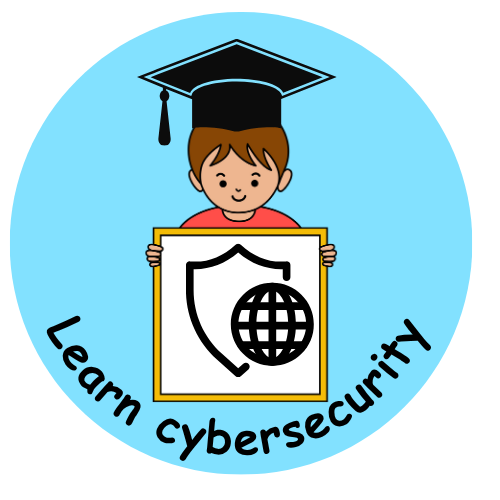Quizzes
Quizzes are ideal for reinforcing learning, monitoring comprehension, and reaffirming achievement made in gameplay and puzzles.
Here's how quizzes would be incorporated effectively:
1. Concept Reinforcement Quizzes
- End-of-Level/Module Tests: When children complete a set of puzzles that connect to one specific cybersecurity subject (e.g., security of passwords), a brief quiz can arise. This reinforces key lessons from the puzzles that they just solved.
- "Did You Get It?" Pop-Ups: Periodically, a rapid multiple-choice or true/false question can pop up when playing, especially after a key piece of information has been discovered or a critical decision has been made.
- "Knowledge Checkpoints": Specific points in the game where kids must answer a few questions correctly in order to move forward, so they've learned some fundamental concepts before proceeding to more challenging regions.
2. Scenario-Based Quizzes:
- "What Would You Do?" Scenario: Design a short scenario (e.g., "You get an email from someone you don't know asking for your phone number. What do you do?"). Kids choose from a list of multiple-choice answers, and the game provides them with feedback on the best/desirable thing to do and why.
- Identify the Threat: Show a picture or a brief description of a common online activity (e.g., an annoying pop-up, an unsolicited message from someone you don't know on social media). Kids need to figure out the potential cybersecurity threat.
- "Safe or Not Safe?": Show various online activities or pieces of information and challenge kids to mark them as "Safe" or "Not Safe" with a justification.
3. "Myth vs. Fact" Quizzes:
- Busting Myths: Present popular myths about online safety (e.g., "It's okay to give your best friend your password.") and have children identify if it's a myth or not, then provide the correct explanation. This is great for addressing typical pitfalls children tend to fall into.
4. Vocabulary Quizzes:
- Match the Term: Match cybersecurity terminology (e.g., "phishing," "malware," "firewall," "encryption") with definitions.
- Fill in the Blank: Sentence with a blank that children need to choose the correct cybersecurity term to fill it in.
5. Progressive Difficulty Quizzes:
- Easy, Medium, Hard Levels: Quizzes can have different levels of difficulty, so children can test themselves as they grow in knowledge.
- Adaptive Quizzing: The game could track a child's performance and adjust quiz difficulty or focus on areas that they need to practice more.
6. Integrating Quizzes into the Game Flow:
- Mini-Game Quizzes: A quiz could be integrated into a mini-game itself, complete with a timer or score counter to add an element of competition.
- "Brain Boosts": Achieving correct answers to questions could provide in-game rewards such as puzzle hints, virtual money, or the ability to access unlockable content.
- Story Progression: Sometimes having the right quiz answers could unlock the next portion of the game's story or give vital information.
- Competitive Element: For a few players or for fun, a "cybersecurity quiz bowl" where players compete to answer questions.
Why Quizzes are Relevant in this Case:
- Knowledge Recall: They assess students directly on what they recall.
- Reinforcement: Multiple exposure to concepts in question form reinforces learning.
- Self-Assessment: Students can see what they have learned and what they might need to drill.
- Building Confidence: Getting questions right can build a child's confidence in their cybersecurity knowledge.
- Filling in Gaps: Quiz results can help the game (or parents/educators) identify specific areas where a child is weaker, allowing for re-teaching or alternative approaches.
